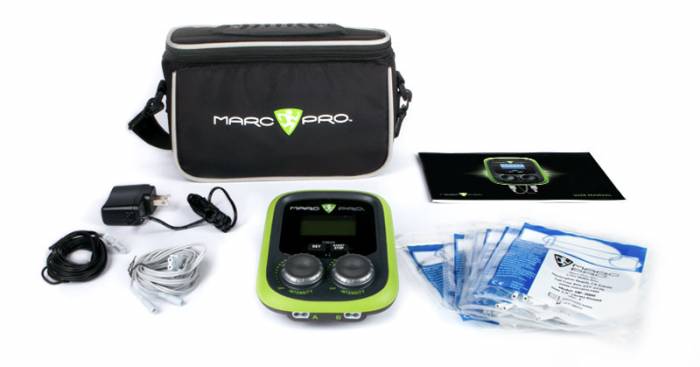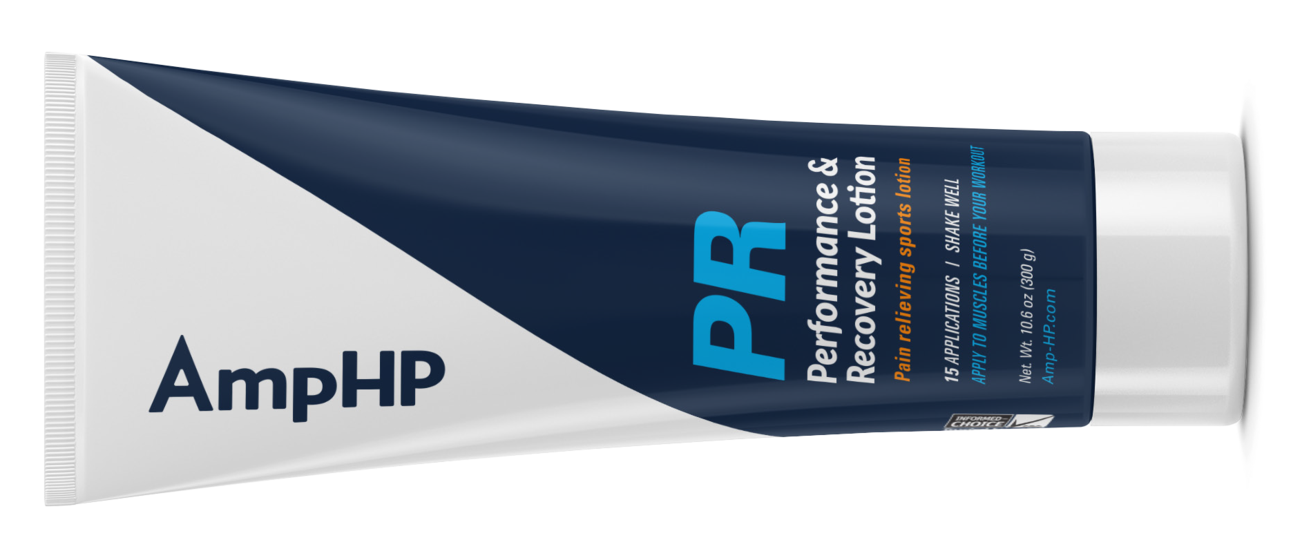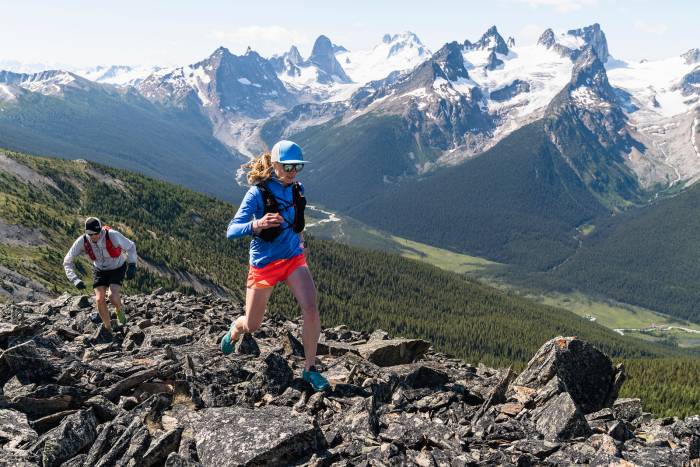Train smart, rest up, and perform better. Pro adventure athletes share their favorite active recovery tips and tools.
As full-time athletes (we spend part of the year focused on extreme endurance races and the other part teaching elite acrobatics), my husband, Jason, and I are constantly pushing our bodies to the limit.
The number one training secret we’ve learned this decade has nothing to do with how to train, but everything to do with how not to train. More specifically, we’ve learned the art of recovery.
Learning the Art of Active Recovery
In the beginning, we were under the commonly held belief that training more was always better. But Renee Metivier and Recharge Sport changed all that. Metivier is a professional runner who was unlucky enough to tear her Achilles tendon in 2011. After spending several months recovering at the Olympic Training Center in Colorado Springs, she returned to Bend, Ore., with a vision to make a comprehensive recovery center available to everyday athletes.
My husband and I wandered in later that year, and our athletic endeavors have never been the same since. Over the past four years, we’ve spent countless hours recovering alongside some of the most elite athletes in the country — from champion ultrarunners, cyclists, and CrossFitters to Olympic skiers, bobsledders, and triathletes.
And along the way, we became believers.

Tips to Recover Like a Pro
Even if you’re not able to visit a recovery center, we have a few tips that don’t require any gear at all.
1. Prioritize Active Recovery
Recovery doesn’t mean sitting on the couch all day eating chips and watching TV. When you have a rest day, make it count by taking focused time to roll our your muscles, do some yoga, drink a ton of water, and walk or bike for 30 minutes to an hour, keeping your heart rate moderate (below 120 or so). All of these activities help built up lactic acid in your muscles move out of the body.














